Answers

May 24, 2019 - 07:49 AM
 How Snapchat Ads Work
How Snapchat Ads Work
Snapchat ads now use a self-serve ad tool, so you don’t need to go through Snapchat’s team when you want to create an ad. Instead, you can do it all through the platform’s ad manager, which you can set up on Snapchat’s business website.
To build your ad, you’ll start by choosing a goal. The goal options include growing traffic, increasing awareness, gaining new video views, remarketing, and getting new app installations. You can name each ad campaign to help you stay organized.
You’ll also set parameters for budget, schedule, and audience in the ad manager. The manager lets you be very selective when it comes to demographics: for example, you can set an ad so it only appears to users in a specific location who are on an iPhone.
After all of this is set, you’ll create the ad. Choose the type of ad, then upload the image or video you need.
After publishing your ad, you can track it on the Snapchat dashboard. This dashboard lets you arrange ads by campaign, see what your goals are and how close you are to meeting them, and more. Either view things on your computer, or use the mobile dashboard to get updates and make changes as needed. The mobile dashboard even allows you to create entirely new ads from your phone.
The primary appeal of Snapchat advertising is simple: it’s a massively popular social media network, especially with younger users. With hundreds of millions of daily users, the platform has the potential to expose a crucial new audience to your brand. While Instagram and Facebook are still dominant, Snapchat can be especially helpful for brands who want to connect with young, tech-savvy shoppers (including the hard-to-reach teenage market).
Snapchat ads have also gotten much cheaper in recent years, sometimes charging only a few dollars per thousand impressions, which is on par with other social media advertising options. Changing to a self-serve ad manager allowed for this drastic price cut.
Finally, the ad manager itself is incredibly easy to use. It even lets you create and edit videos right there, so you don’t have to buy other editing software to put together a quick ad. Everything from paying for ads to setting the schedule is super-easy.
The drawbacks of Snapchat ads mainly have to do with its limited user base. While it’s a popular platform among young social media users, it can never compete with advertising behemoths like Facebook and Google.
If your target audience isn’t on Snapchat, this definitely won’t be the right place to advertise. This means that anyone selling to people over 30 probably shouldn’t use Snapchat ads. And even if you aim to appeal to younger shoppers, you should still make sure your target shopper is likely to also be a Snapchat user.
You’re also limited in what you can do with the ads. If traffic, video views, awareness, and app installations don’t fit with your advertising goals, Snapchat probably isn’t the right platform for you.
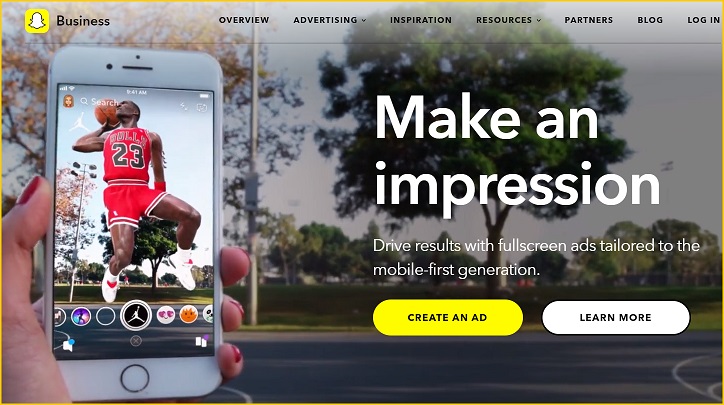
What it comes down to is that Snapchat is a great ad platform for certain brands. However, it’s not a universally helpful place to advertise, the way huge platforms like Facebook and Google are. You’ll need to take a close look at your branding and target audience to decide if Snapchat might be a good fit.
If you think it is, run a few test ads and see what happens. Since Snapchat’s ad manager lets you set your budget and schedule, you can easily run a test without spending more than you’d like to. If your brand resonates with Snapchat users, you can get a great payoff with a small investment - but if your ads never come to fruition, you can turn your attention elsewhere.
When you decide to test out Snapchat ads, here are some best practices to help you get the best results.
You’ll get the most out of Snapchat ads if you take full advantage of the platform’s tools that let you choose who will see your ads.
One great way to do this is to curate audiences that match the people who already use your brand. The better you know your current audience, the more easily you can create a target audience to match.
You’ll need to do some testing and adjusting before you land on the best audience for your ads, but when you do, it will be worth the extra effort.
Snapchat isn’t an ideal platform for slick, well-produced ads. This social media network thrives because it shows fast, unfiltered content that gives an insiders’ look at people’s lives. Brands should aim to create ads that fit in with regular Snapchat content, rather than looking like glaringly obvious ads.
This works best if you have someone familiar with the platform making the ads. You want your ads to look just like regular Snapchat posts, so you don’t need to invest in perfect lighting and professional videographers. If the ad looks like it was made on a phone, that’s actually a good thing.
Ads that are fast and funny, as well as the right amount of unpolished, tend to work well on this platform. Aim to get viewers to laugh, and to get your message across in a matter of seconds.
Snapchat’s quick-and-dirty format also leaves plenty of room for innovation. Don’t be afraid to step outside the constraints of traditional advertising and make something eye-catching and unique.
Even though Snapchat is relatively small compared to the biggest social media sites, it still has undeniable popularity. The platform’s creativity, and the way it allows users to be creative, is what has allowed it to thrive. Let your ad team get creative too, and the results might go above and beyond what you expected.
May 24, 2019 - 08:46 AM
Additionally, the Dehli school of internet marketing compiled four great case studies on brands that have had success on SnapChat:
https://dsim.in/blog/2018/10/27/case-study-4-brands-nailing-snapchat/
(all content courtesy of DSIM.in. I encourage you to visit the above link to read the detailed case studies)
Below is a summary:
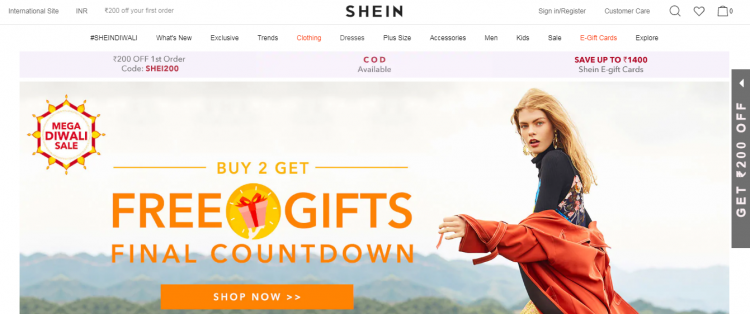
Image credit: DSIM.in
1. Shien an apparel brand used SnaptChat story ads to get the following results:
- 20% higher return on investment vs. goal
- 50% lower cost per purchase vs. other channels
- 30% lower cost per signup vs. other channels
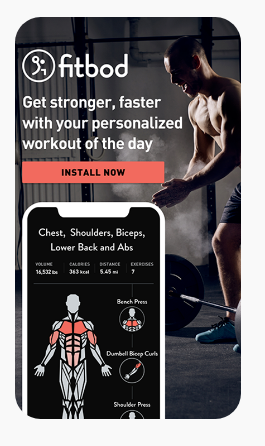
Image credit: FitBod via DSIM.in
2. FitBod a fitness app got a 54% lower CPI (cost per install) compared to other channels as well as 31% lower CPA (Cost Per Action) than the acceptable target.
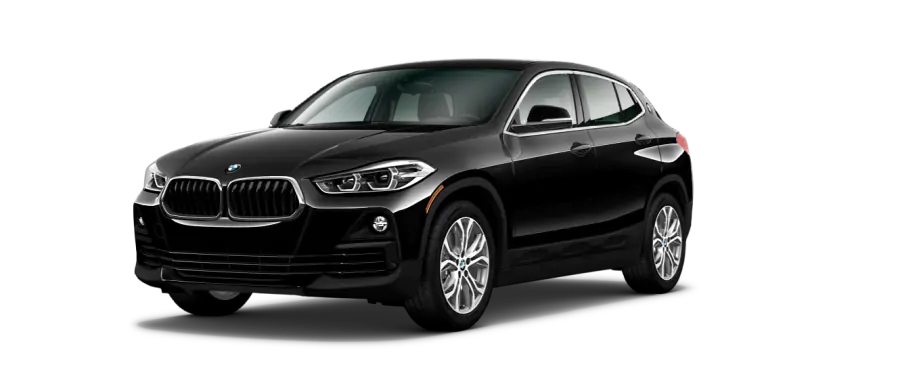
image credit: BMW
3. BMW used SnapChat's Lens ads to generate excitement for the X2 model (In my opinion, one of their uglier cars, but I digress!).
What we do not know is if it led to any new sales but here are the reported results:
- 54 seconds Average engagement with the X2 Lens
- 40 million Impressions of the face Lens
- 1 in 4 Shared or saved the X2 Lens
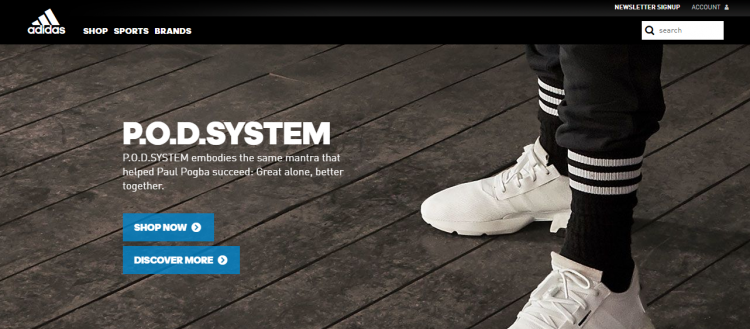
Image credit: Adidas via DSIM.in
4. Lastly, Adidas used SnapChat's vertical video and Lens capabilities to encourage yournger athletes (high school and college mostly) to create content and show of their skills. The reported results were:
- +5 pt Lift in message awareness
- +9 pt Lift in action intent
- 18% Increase in new visitation to Adidas stores
Not too shabby but then begs the questions:
Could similar results have been obtained through another channel (like Facebook, say) at the same cost?
Did it result in more sales?







Add New Comment